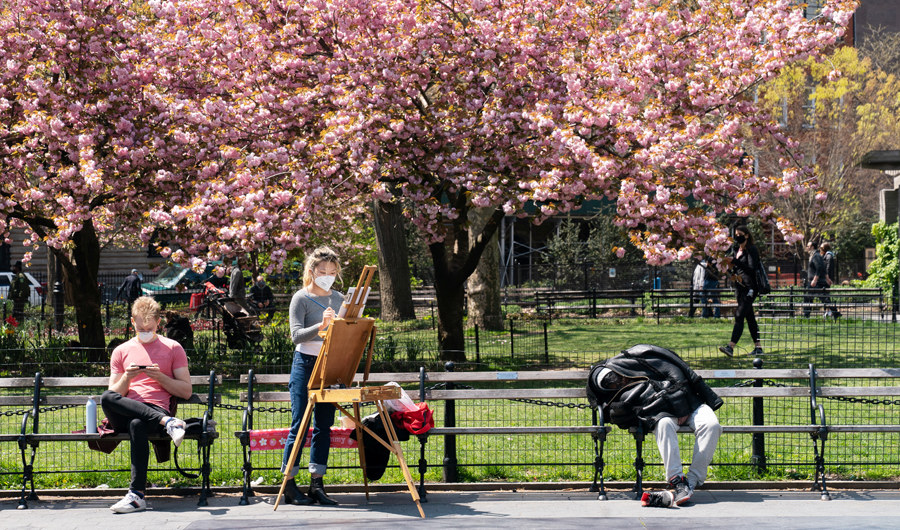Hurricane Andrew was a destructive Category 5 Atlantic hurricane that struck Florida, Louisiana and the Bahamas back in the early 90s. It was recorded as one of the costliest hurricanes to hit South Florida as it destroyed more than 63,000 homes and damaged another 124,000, leaving a price tag of $27.3 billion in damages behind, according to Wikipedia. To be honest, I did not know the actual numbers and had to look them up even though I witnessed it firsthand as I was living in Miami at that time. I also witnessed a minor earthquake while working at the University of California, Berkeley, in San Francisco back in 2015. You can say I witnessed my fair share of natural disasters from hurricanes, tropical storms, wildfires, snowstorms, sandstorms and now the coronavirus disease (COVID-19).
Do you know what they all have in common other than the fact that they are all destructive? Before I answer this question, I need to draw a picture of what it was like to live in Miami in the aftermath of the hurricane. There was no electricity for days, which meant there was no air-conditioning in the middle of summer in Miami. If you know anything about Miami’s weather, then you know that it is very similar to Jeddah in terms of humidity and heat. On top of that, there were no supermarkets open as many people were left homeless and could not go to work. There was no clean water and no phone service. Neither banks nor restaurants were open. It felt as though we were living in the early 1900s, surviving on candles and using only cash. The army was deployed on the streets of Miami to keep the peace and stop looters.
It is not a happy story to tell, but the stories that came out of this tragedy are beautiful to look back on now — how the family gathered around the barbeque to cook the meat that was about to go bad in the freezer; how we made coffee in a kettle on the charcoal; and how we talked and listened to one another without the usual disturbances from our daily lives.
Fast forward to 2020, we are witnessing the effects of the COVID-19 outbreak and the lockdown. As I write this article, it has been a month and a week that I chose to do my patriotic duty and listen to our leaders by staying home in order to keep my family, myself, and our country safe. School classes are now being held online, as are face-to-face meetings. Air travel has been suspended until further notice. I find myself with more time on my hands than ever before.
As I am housebound during this period, I have managed to reorganize my sitting area and my kitchen cupboards, disinfect the entire house, brush up on my third language, as well as read and write more articles. The most important thing, however, is that I have had the opportunity to talk at length with my husband and boys, especially my teenage son Aban. It was on the fifth day of quarantine that I realized I had managed to do all the things I had always wanted to do but had not had the time for. I asked myself: Are we so caught up in our daily lives that we cannot stop and think about the valuable things that surround us?
I am an optimist; I always like to think of the good that can come out of bad situations like these. I would say that both Hurricane Andrew and COVID-19 have given us the time to spend at home with our families and create valuable memories that we can cherish in the future. Let us make the best of our time these days and get to know our families even better.












